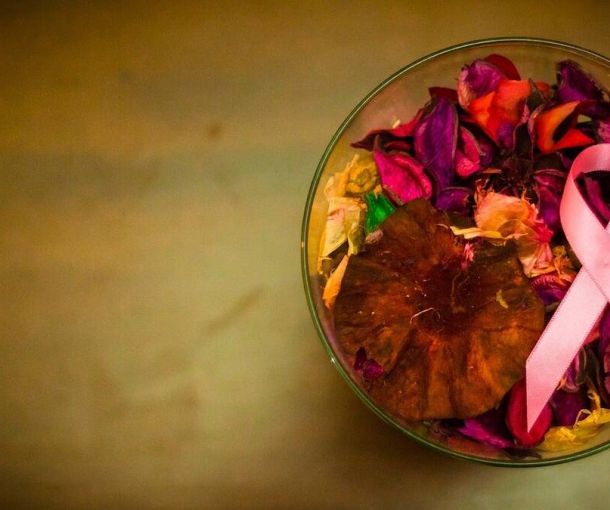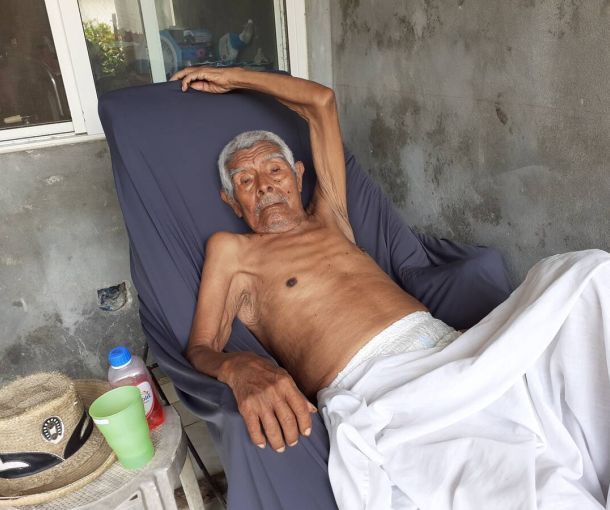Motherhood, Holiness, and Death
In Mexico, there are three national festivities that bring the entire country to a halt and take people to a completely different reality. These celebrations are held on the following dates: May 10th (Mother's Day), November 1st-2nd (All Saints' Day and All Soul's Day), and finally December 12th (Day of the Virgin of Guadalupe). No other celebration holds a similar power. It's evident that these festivities influence and shape the essence of the Mexican people.
A brief description of the three festivities: On May 10th, everything stops to celebrate mothers – to bring them music, throw them parties, give them gifts. It's a special moment of family reunion, full of emotion, affection, and feelings. All Saints and All Souls' Day are one of Mexico's most emblematic festivities, when an altar is set up to remember deceased loved ones. They are adorned with flowers, colors, and food to await the return of the family members souls. Lastly, the festivity on December 12th, Day of the Virgin of Guadalupe commemorates the apparitions to Saint Juan Diego and the miracle of her image, becoming a symbol of Mexican identity.
To explain the relationship between these three festivities and the title of this article, which you might have already guessed, I'll tell you a lived experience during a mission in an indigenous community in western Mexico, in the state of Nayarit within the Huichol ethnic group.
We were a group of lay missionaries on a summer mission, and we would spend thirty days of July in the area. While there, we were informed that we had to move to another community, and to get there on time, we had to travel on foot, which took us several days. Each night we stopped in a community to rest. In one such community, we heard about a mother who had been in the medical dispensary for two days because her son had been injured in a fight during a party, and she hadn't eaten since then.
The next day, we heard the son had died and was quickly buried. Since a priest accompanied us, everything was done swiftly. The following day, when we announced our departure to the next community, the mother said she would join us. We then realized she probably hadn't eaten in four days, she had only had some water. One of our group members offered her a pack of digestive biscuits we had, but she didn't eat them – she simply saved them. We started our journey to the expected community, but on the way, we passed by the community cemetery. Upon reaching it, we immediately identified her son's fresh grave. She began walking faster than us, knelt down, split the biscuit pack in half and placed it on the grave and also put two oranges she had with her there. She then stood, walked with us and finally began to eat. As you can imagine, witnessing this, we were silent. Many thoughts and reflections crossed my mind. It was a deeply moving experience I can't forget.
This experience perfectly describes what death, motherhood and holiness mean. The mother showed how her love for her son transcended time, hunger and death. If a mother could do this, one can only imagine how much greater God's love is. I believe that's the root of all holiness, a holiness that highlights the most beautiful aspect of our humanity. There's no humanity more divine than the one that gives life, surpassing even death. This is evident when affections run deep and bonds are genuine to the point of transcending death. Death is just a step, a means for those who love to the point of sacrifice. This is even more visible in motherhood. We see and testify to this, both in the mother I just mentioned and even in our Holy Mother when she told Saint Juan Diego, distressed over his uncle's illness: "Am I not here, who am your mother?". These comforting words draw us closer to her and her son, Jesus. Facing death, it's comforting to know we're not alone and that death doesn't have the final word – a promise sealed by the resurrection of her son.
Therefore, as these festivities approach, holiness reveals itself as a path of humanization drawing us closer to God. We must never forget that the only way to Him is through our humanity. We have no other means. Thus, our sole model of generativity is that of a mother, capable of conceiving life, surpassing any form of death. For when a mother can see life where others only see a grave, she has attained God's vision. This brings forth an invitation to all of us, follow the attitudes of mothers, bearers of life-giving humanity and leading directly to God.








